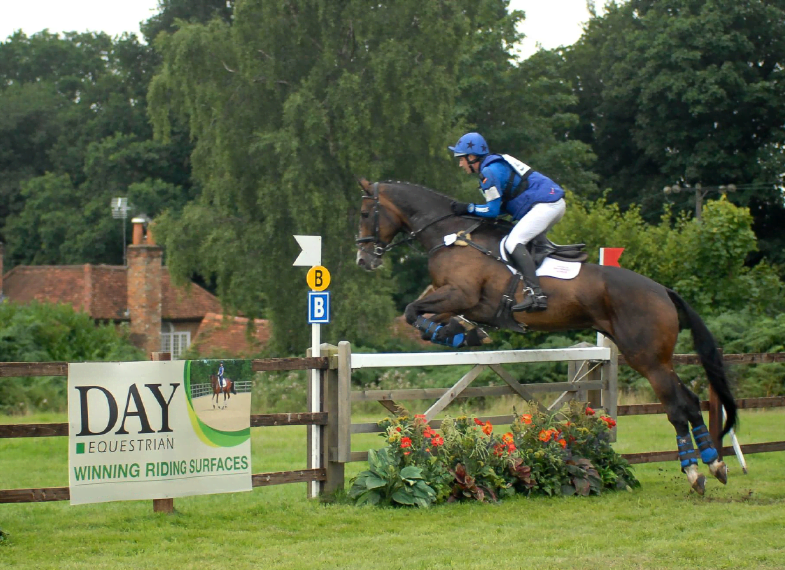How to Tell if Your Equestrian Riding Surface Needs to be Replaced
A well-maintained equestrian riding surface is essential for the safety and performance of both horse and rider.
Knowing when to replace your surface can be challenging, but several signs indicate that a replacement might be necessary.
In this article, we’ll discuss these signs in detail.
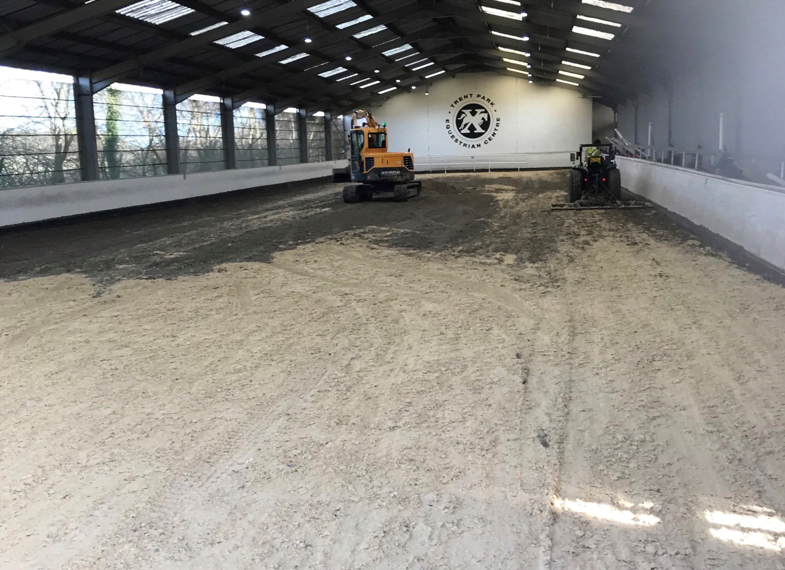
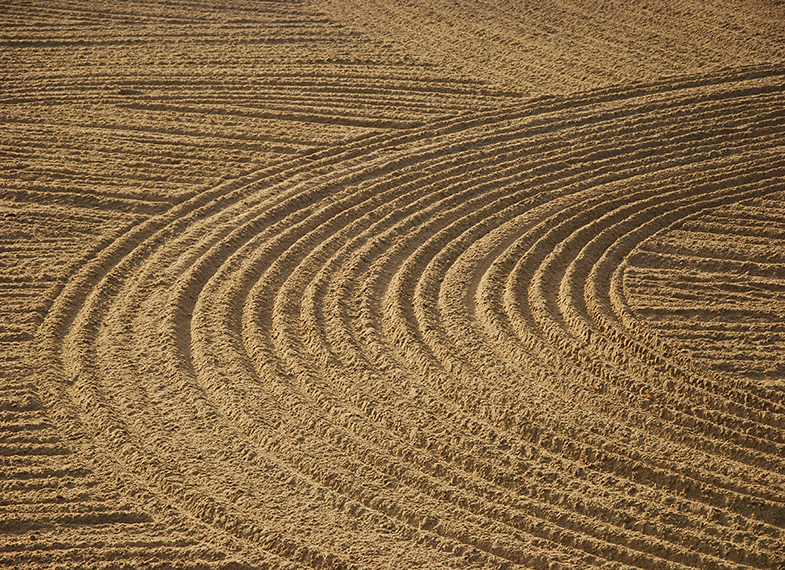
1. Inconsistent Footing
An uneven or inconsistent footing can increase the risk of injury and negatively impact performance.
Signs of inconsistent footing include:
- Uneven material distribution: If the materials in your riding surface become unevenly distributed, you may notice inconsistencies in the footing. Regular maintenance, such as grading, can often help redistribute materials and improve the footing. However, if these efforts don’t resolve the issue, it may be time to replace the surface.
- Compaction: A compacted surface can lead to poor drainage, uneven footing, and an increased risk of injury. If regular maintenance doesn’t alleviate compaction, or if the compaction is severe, consider replacing the surface.
2. Excessive Dust
Excessive dust can indicate an issue with the materials or drainage system.
If your arena surface consistently produces excessive dust, you should investigate potential solutions such as:
- Adjusting watering practices
- Adding additives like wax or polymers
If the problem persists despite these efforts, a full replacement may be necessary.
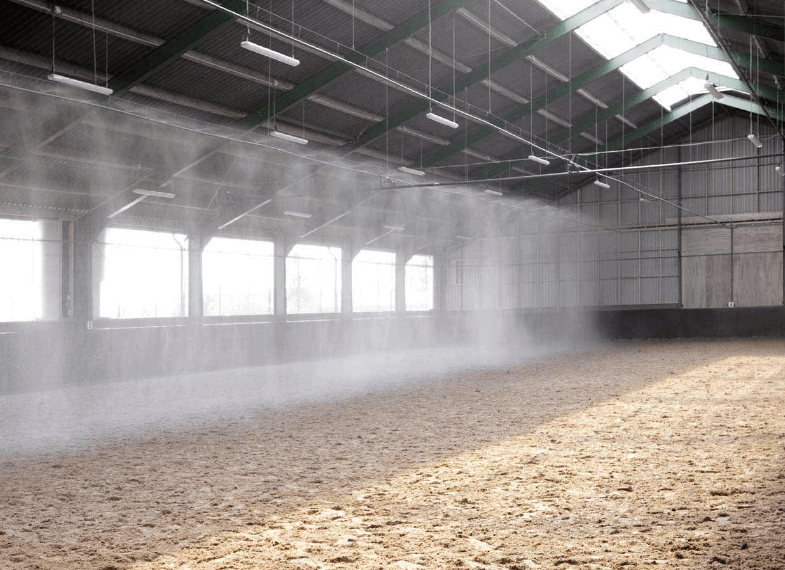
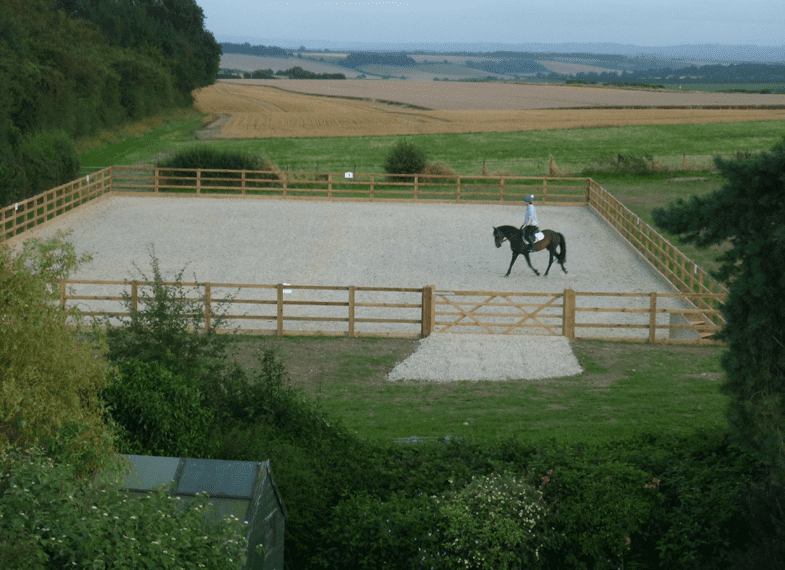
3. Wear and Tear
Over time, riding surfaces can wear down due to regular use and exposure to the elements.
Signs of significant deterioration in the quality of your surface materials include:
- Broken fibres
- Uneven rubber distribution
- Sand particles breaking down
If you notice any of these signs, it may be time to replace the surface.
4. Drainage Problems
Persistent drainage issues can negatively impact your riding surface’s performance and safety.
If you’ve tried troubleshooting the problem with maintenance practices or drainage system repairs but still experience:
- Pooling water
- Excessively wet or dry areas
It might be time to replace the surface.
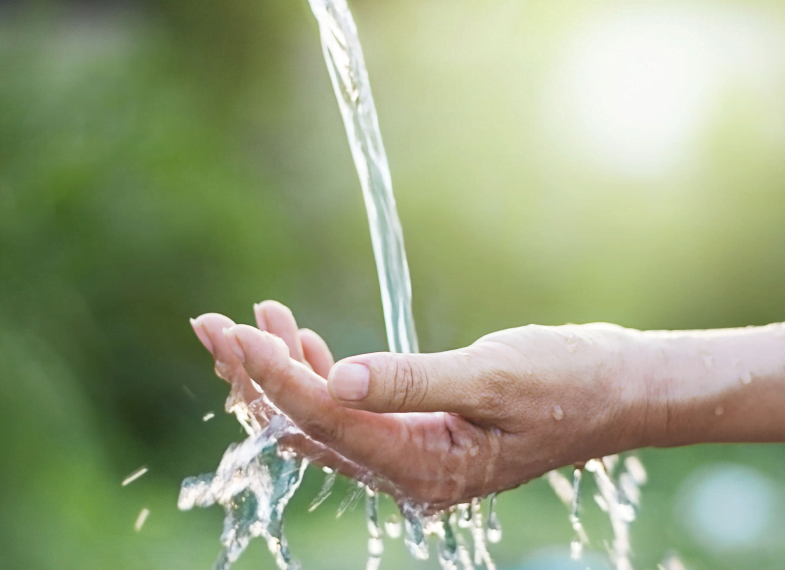
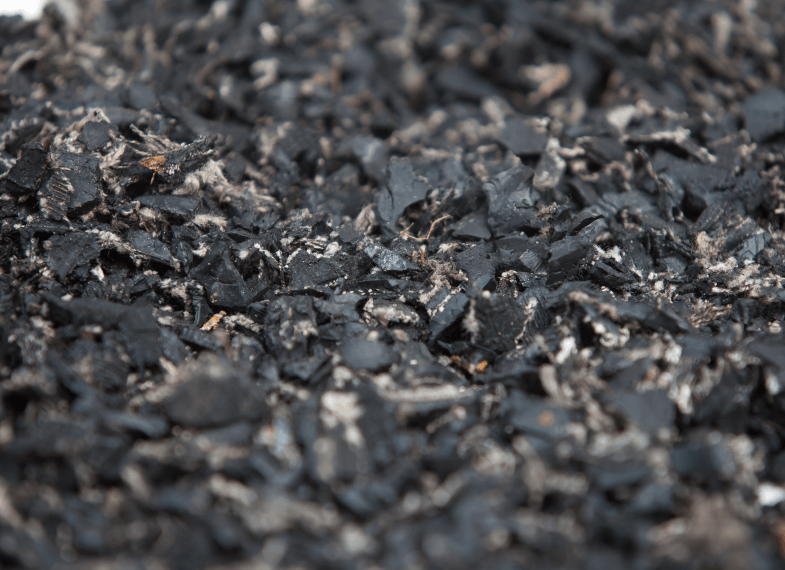
5. Age
Even with proper maintenance, riding surfaces have a limited lifespan.
Depending on the materials and usage, most surfaces last between 5 to 15 years.
If your surface is approaching or has exceeded its expected lifespan, consider a replacement.
6. Change in Discipline or Usage
If you’re changing the primary equestrian discipline or significantly increasing usage in your arena, you may need to replace the surface with one more suited to your new needs.
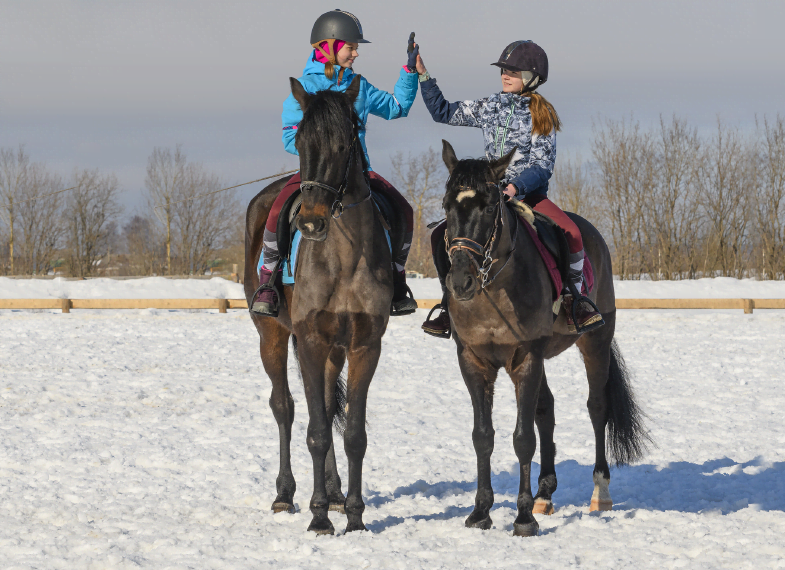
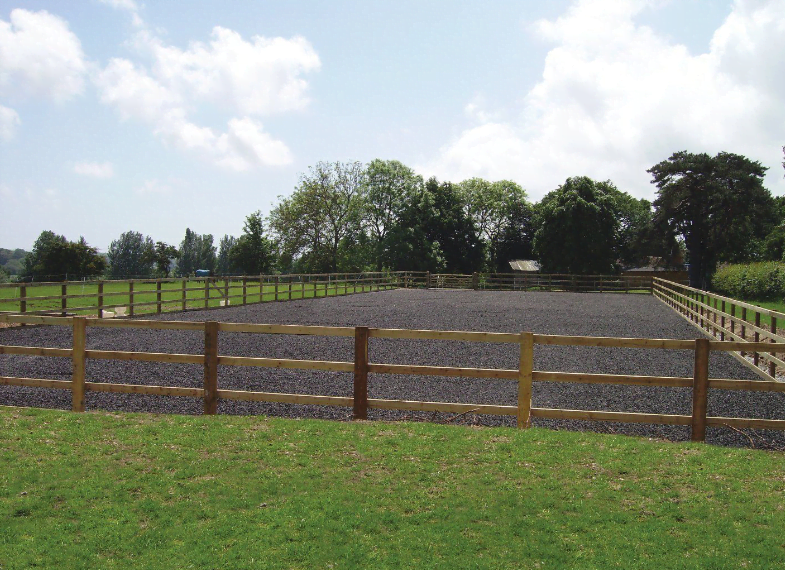
7. Frequent Injuries or Poor Performance
If your horses experience frequent injuries or you notice a decline in their performance, the riding surface may be contributing to these issues.
Consult with a veterinarian, trainer, or equestrian surface specialist to determine if a replacement is necessary.
Conclusion
Recognising the signs that indicate your equestrian riding surface needs to be replaced is crucial for maintaining a safe and high-performing arena.
If you notice any of these signs, consult with a professional equestrian surface contractor to assess your current surface and determine if a replacement is needed.
By staying proactive and addressing issues early, you can help ensure a safe and high-performing riding surface for both horse and rider.
